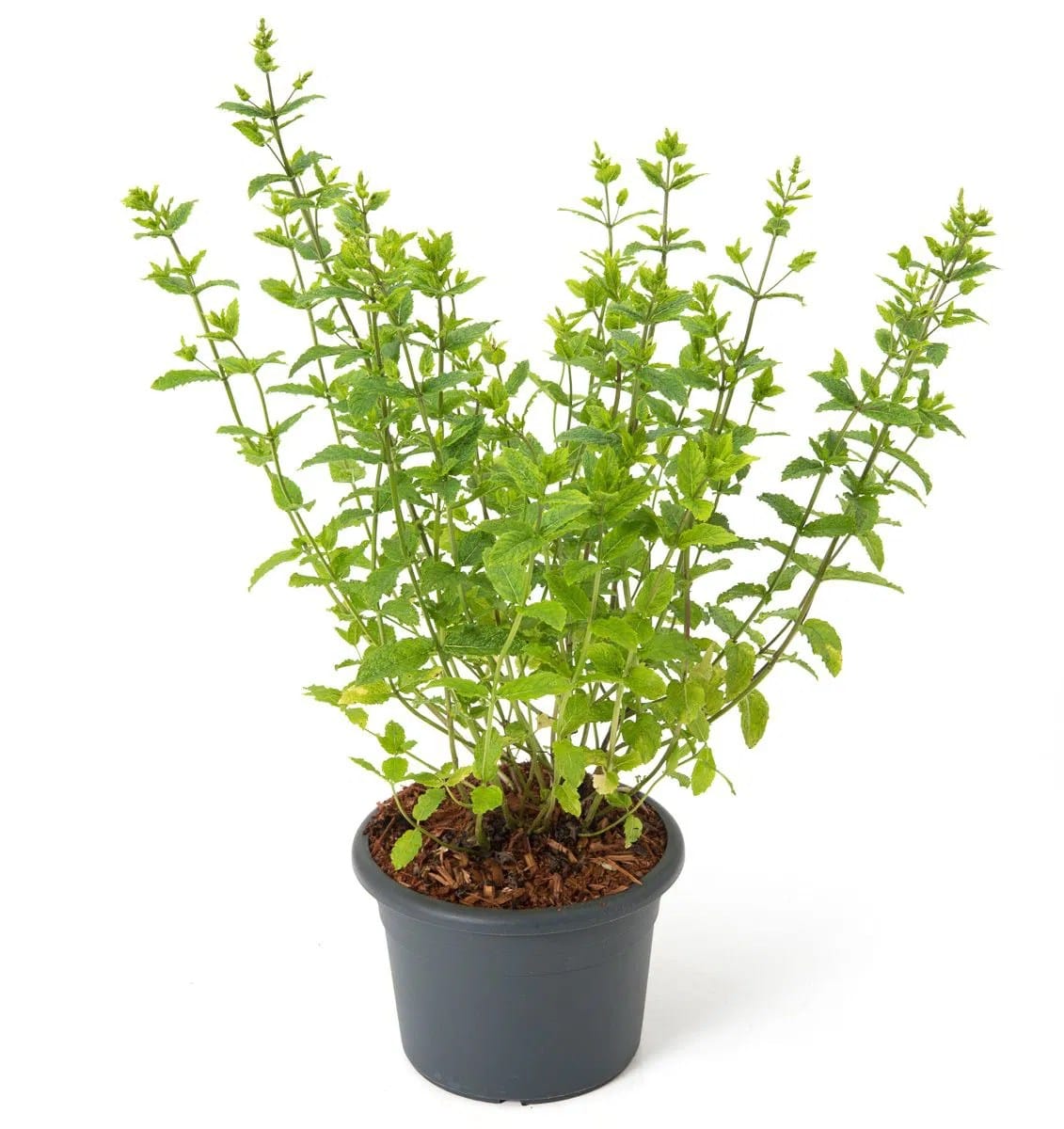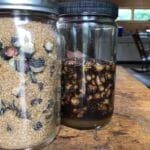Embark on a sensory journey through the fragrant world of mint! The *Mentha* genus boasts an astounding diversity, encompassing thousands of unique varieties, each with its own distinct flavor, aroma, and appearance. From the familiar coolness of peppermint to the surprising notes of chocolate mint, there’s a mint variety waiting to captivate your senses and enhance your garden and kitchen. This comprehensive guide will equip you with the knowledge to cultivate thriving mint plants, unlock their culinary and medicinal potential, and navigate the intricacies of *Mentha* identification.
Discovering the Diverse World of Mentha
The Mentha genus is a fascinating botanical family, likely encompassing over a thousand different types, although the precise number remains a subject of ongoing research and debate among botanists. This remarkable diversity stems from mint’s propensity for hybridization, constantly creating new and exciting varieties. Each variety offers a unique sensory experience, from the crisp coolness of spearmint (Mentha spicata) to the invigorating bite of peppermint (Mentha x piperita) and the unexpected sweetness of apple mint (Mentha suaveolens).
A Glimpse into the Mentha Family
| Common Name | Scientific Name | Key Characteristics |
|---|---|---|
| Spearmint | Mentha spicata | Smooth leaves, mild, sweet flavor |
| Peppermint | Mentha x piperita | Serrated leaves, strong menthol aroma |
| Apple Mint | Mentha suaveolens | Sweet, fruity flavor, fuzzy leaves |
| Chocolate Mint | Mentha x piperita ‘Chocolate’ | Hint of chocolate in the scent, darker leaves |
| Strawberry Mint | Mentha x piperita ‘Strawberry’ | Subtle strawberry aroma, often variegated leaves |
| Moroccan Mint | Mentha spicata var. crispa ‘Moroccan’ | Strong spearmint flavor, often used in tea |
| Banana Mint | Mentha arvensis ‘Banana’ | Sweet banana aroma and flavor |
| Grapefruit Mint | Mentha x piperita ‘Grapefruit’ | Citrusy, refreshing aroma and flavor |
| Watermint/Brook Mint | Mentha aquatica | Grows near water, strong aroma, sometimes used medicinally |
| Pennyroyal | Mentha pulegium | Strong, pungent aroma, traditionally used medicinally (use with caution) |
| Corsican Mint | Mentha requienii | Tiny leaves, delicate, sweet aroma, ground cover |
Mastering the Art of Mint Cultivation
Growing mint is a rewarding endeavor, accessible to both novice and experienced gardeners. These resilient herbs thrive in moist, well-drained soil and prefer sunny locations, although some varieties tolerate partial shade. Mint’s vigorous growth habit makes propagation remarkably easy, either through cuttings or by dividing established clumps.
Propagating Mint from Cuttings: A Step-by-Step Guide
- Take a Cutting: Snip a 4-6 inch stem from a healthy mint plant, just below a leaf node.
- Remove Lower Leaves: Strip away the bottom leaves, leaving only a few at the top.
- Place in Water: Submerge the cut end in a glass of fresh water.
- Wait for Roots: Place the glass in a sunny spot and change the water every few days. Roots should appear within 1-2 weeks.
- Plant the Cutting: Once roots have developed, plant the cutting in a pot or directly into your garden.
Essential Mint Care Tips
Regular watering is crucial for mint, especially during hot, dry periods. While not heavy feeders, a monthly application of balanced fertilizer can promote robust growth. For those with limited space, container gardening offers an excellent way to manage mint’s enthusiastic growth habit and prevent it from overtaking other plants.
Unlocking the Culinary and Medicinal Potential of Mint
Mint’s uses extend far beyond simply adding a refreshing twist to your favorite beverage. For centuries, traditional medicine has utilized mint for its potential digestive benefits, and modern science is beginning to explore these properties further. Some studies suggest that mint may also offer relief from respiratory issues, although more research is needed.
Culinary Delights with Mint
In the kitchen, mint’s versatility shines. Its vibrant flavor enhances beverages, desserts, and even savory dishes. Muddled into cocktails, infused into teas, or incorporated into salads and sauces, mint adds a bright, refreshing note. Explore the diverse culinary applications of mint and elevate your dishes with its unique flavor profile.
Mint in Traditional and Modern Medicine
Mint has a long history of use in traditional medicine for various ailments, including digestive issues and respiratory problems. While scientific research is still ongoing, some studies suggest that certain mint varieties may possess anti-inflammatory and antimicrobial properties. Always consult with a healthcare professional before using mint for medicinal purposes.
Beyond the Kitchen and Medicine Cabinet
Mint’s invigorating aroma makes it a popular ingredient in aromatherapy and a natural insect repellent. Its refreshing scent can also enhance the ambiance of your home or garden.
Identifying Different Mint Varieties
Distinguishing between different mint varieties can be a delightful sensory exploration. Spearmint, for example, features smooth, rounded leaves and a gentle, sweet fragrance. Peppermint, in contrast, has serrated leaves and a more intense, menthol-rich aroma. Chocolate mint exhibits darker leaves and hints of cocoa in its scent, while strawberry mint offers a subtle fruity note. Careful observation of leaf shape, aroma, and flavor can help you differentiate between these fragrant plants.
The Ever-Evolving World of Mentha
The world of Mentha is a dynamic and exciting realm, constantly evolving through hybridization and new discoveries. This ongoing evolution presents endless opportunities for exploration and experimentation, whether you’re a seasoned gardener, a culinary enthusiast, or simply curious about the natural world. So, embrace the diversity of Mentha, experiment with different varieties, and discover the magic of mint! And if you’re looking for song lyrics, especially for the classic folk song, “Wayfaring Stranger,” you might want to check out our lyrics for wayfaring stranger.
- Sadaharu Oh: The Legendary Home Run King of Japanese Baseball - November 19, 2024
- Joachim Peiper: The Waffen-SS Commander, Malmedy, and a Legacy of War - November 19, 2024
- Nido Qubein: The Transformative Journey of an Immigrant Entrepreneur - November 19, 2024














